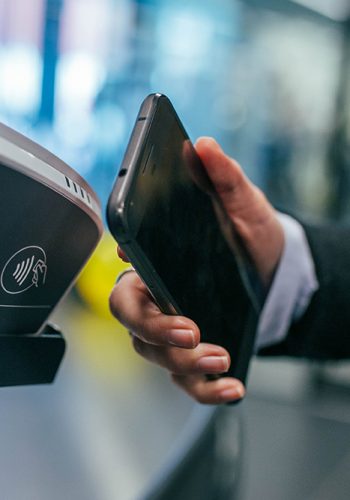Why accessibility is imperative for retail this holiday season.

Retailers are making a grave mistake not taking advantage of the benefits technology can deliver this holiday season.
Technological accessibility is the X-factor in retail today. The ability to shop from home, in-store, and on any device enables customers to shop even when it’s unnecessary. For customers who just want to avoid the holiday crowds, it’s never been easier. The emergence of e-shopping and shopping holidays like Black Friday and Cyber Monday continue to change the landscape of retailing.
Forbes Magazine discovered that roughly 75% of consumers expect an integrated in-store and online experience. They also estimated a 5% increase in all retail sales this holiday season. Millennial families, on average, are projected to spend $2,000 per household this holiday season. So how can retailers profit from the holiday crowds?
Mobile Access: While in-store shopping is yet to be out-performed, the use of mobile devices contributes billions to the retail industry. Companies who integrate mobile-pay accessibility, digital receipts, and online tracking are doing themselves a favor. Half a million new users downloaded mobile apps on Black Friday, showing the growth pattern of mobile purchasing (Retail Dive). The ability to stay home and shop is enticing, especially with holiday traffic in its prime.
Self-checkout: Amazon and Target are just some of the retailers who offer self-checkout for customers. While there may still be crowded lines, giving customers the capability to come and go as they please creates consumer freedom.
Data collection: Customers love to feel important. Data collection helps retailers establish a relationship with their shoppers. Logging information gives businesses an insight into each customers preference, which opens the gate to send personalized incentives. For retailers, sending notifications can keep the company at the forefront of the customer’s mind.
Loyalty programs: Loyalty programs help consumers get return on their frequent investments. Implementing a loyalty program that can be managed via smartphone or device is the new standard. Since holiday budgets vary, the possibility for people to save money is important.
For convenience purposes, accessibility is crucial for holiday success. Online and mobile sales reached $6.2B on Black Friday alone, with an additional $3.7B in digital sales on Thanksgiving Day (Tech Crunch). Over the years, we’ve watched E-shopping grow into a massive force in the retail industry. The growth pattern suggests the numbers will only keep rising, which sounds the adaptation alarm for retailers across the world.
Sources:
https://www.retaildive.com/news/mobile-shopping-app-downloads-surged-on-black-friday/542989/


